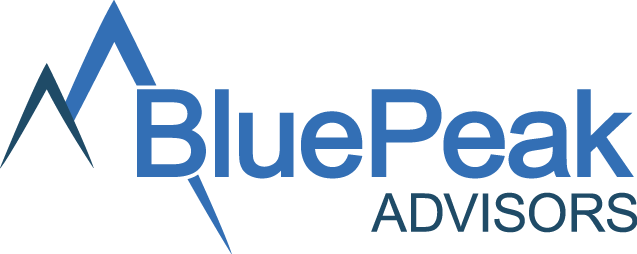In 2019, Medicare introduced new policies for opioid prescriptions in the Medicare Part D prescription drug program to encourage pharmacies, prescribers, and Medicare drug plans to work together with the enrollee to ensure the safe use of prescription opioids. These policies included opioid safety reviews (i.e. an opioid naïve edit, a 90 Morphine Milligram Equivalent (MME) opioid care coordination edit, an optional high hard edit, duplicate long-acting opioid therapy soft edit, and a concurrent benzodiazepine-opioid soft edit) as well as the Overutilization Monitoring System (OMS)/Comprehensive Addiction and Recovery Act (CARA) drug management program.
Recognizing that these programs are still relatively new and have the potential to impact beneficiaries and compliance, some plans are choosing to conduct targeted audits of CMS program requirements related to opioids in the areas of Formulary Administration (FA) and Coverage Determinations. Accordingly, BluePeak has developed a targeted opioid mock audit program.
In the FA area, BluePeak’s targeted mix of opioid class samples will focus on the following edits:
- Opioid naïve edit
- Care coordination edit
- Hard edit, if implemented
- Soft edit for concurrent opioid and benzodiazepine use
- Soft edit for duplicative long-acting opioid therapy
In the CDAG area, the sampled cases will focus on the proper review and classification of opioid requests as well as the administration of the Drug Management Program.
Opioid class case reviews will focus on the following:
- Proper classification of opioid coverage determinations and exceptions
- Appropriate opioid case clinical decision-making and notification
- Appropriate opioid approval effectuations
Administration of the Drug Management Program will focus on the review of the following:
- Documentation to show proper initial written notice to the enrollee or enrollee’s representative for at-risk determination was made
- Documentation to ensure plan sponsor made an effort to provide the enrollee prescriber of frequently abused drugs with a copy of the initial and second notices
- Documentation to determine whether the enrollee submitted preferences for prescribers or pharmacies
- Documentation to show proper second written notice or alternate second written notice (as appropriate) to the enrollee or enrollee’s representative was made
What are you waiting for? Act now to ensure that your opioid program is compliant with CMS rules and regulations.
